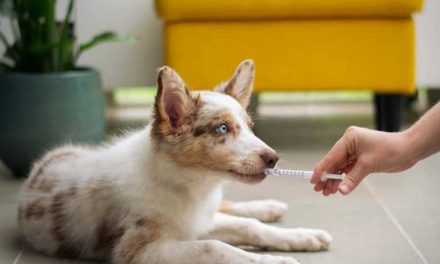Dog mating is a natural process that is essential for the continuation of the species.
However, it can be complex, involving various biological, behavioral, and ethical considerations.
In this article, we’ll explore the key aspects of dog mating, including the mating process, timing, and responsible breeding.
The Mating Process
The mating process in dogs is primarily driven by instincts.
Female dogs, known as bitches, go into heat (estrus) approximately twice a year, though this can vary by breed and individual.
Estrus lasts about 2-3 weeks and is the time when a female is fertile and can conceive.
During this period, a female dog will exhibit specific behavioral signs indicating she is ready to mate, such as increased affection, restlessness, and a change in appetite.
The male dog, or stud, will also show heightened interest and may attempt to mate with the female.
Once the female is in heat, the actual mating process typically occurs when the male dog mounts the female.
A unique physiological feature of dogs is the “tie,” where the dogs remain physically joined for approximately 15 to 30 minutes.
This is a natural occurrence that helps ensure successful fertilization.
Timing of Mating
Understanding the timing of a female dog’s heat cycle is crucial for breeding.
The ideal time for mating is usually between the 10th and 14th day of her cycle, when she is most fertile.
Breeders often monitor the female’s behavior and physical signs, such as the swelling of the vulva and changes in discharge, to identify the optimal time.
Responsible Breeding
While dog mating is a natural part of life, responsible breeding is essential to ensure the health and well-being of both the mother and her puppies.
This involves:
Health Screening:
Both the male and female dogs should undergo health screenings to rule out genetic disorders and ensure they are fit for breeding.
This includes vaccinations and vet check-ups.
Temperament Assessment:
It’s important to consider the temperament of the breeding dogs.
Breeding for temperament as well as appearance can help produce well-adjusted puppies.
Educating Owners:
Prospective breeders should educate themselves about the responsibilities of breeding, including how to care for pregnant dogs and their puppies, and the long-term commitment required.
Finding Good Homes:
Responsible breeders strive to ensure that the puppies will be placed in suitable homes where they will be loved and cared for.
Conclusion
Dog mating is a fascinating and essential part of canine biology, but it comes with significant responsibilities.
By understanding the mating process, being aware of the optimal timing, and committing to responsible breeding practices, dog owners can contribute to the health and happiness of their pets and the puppies they bring into the world.
Always remember that breeding should be approached with care, knowledge, and a genuine dedication to improving the breed.









